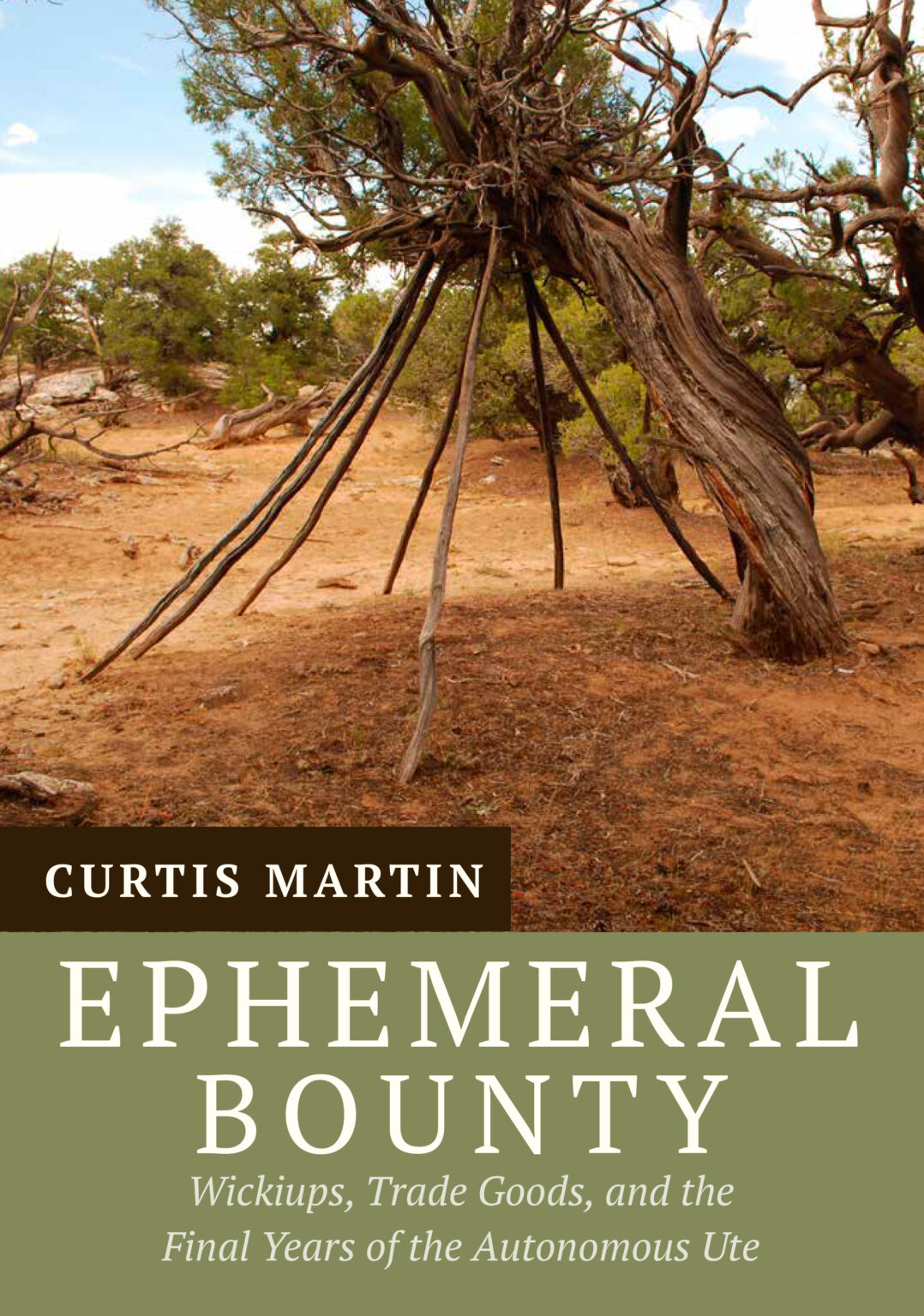Ephemeral Bounty: Wickiups, Trade Goods, and the Final Years of the Autonomous Ute

The study of the last remaining wickiups, or brush shelters, along with the historic artifacts found with them has revealed an understudied chapter of Native American history—the early contact with European invaders and the final years of Ute sovereignty. Ephemeral Bounty is the result of this archaeological research and its findings on the Ute Indians of Colorado.
The Colorado Wickiup Project is documenting expedient wooden features such as wickiups, tree-platforms, and horse corrals that remain scattered throughout the state, most dating from after the arrival of the Europeans.
The project is innovative in its use of metal detection, historic trade ware analysis, and tree-ring dating of metal ax–cut wickiup poles. Researchers have demonstrated that not all Utes left Colorado for the reservations in Utah during the “final removal” in 1881. Many remained on their homelands into the early 20th century, with new tools and weapons, but building brush shelters and living much as they had for generations.